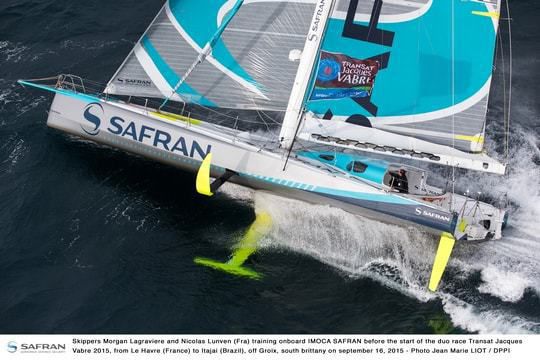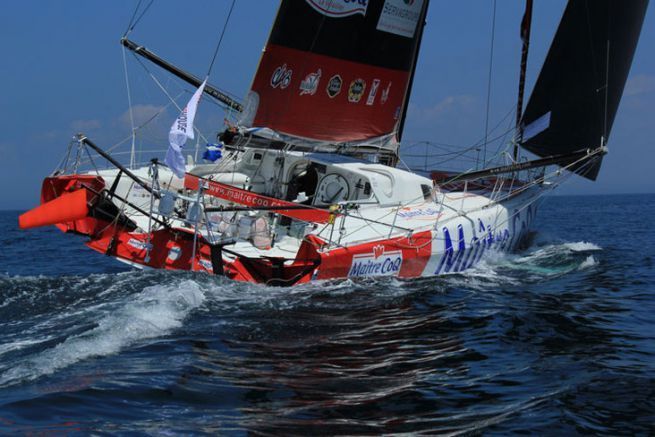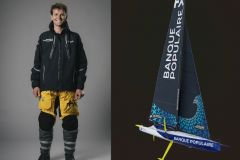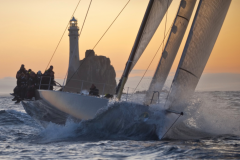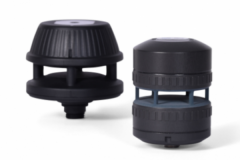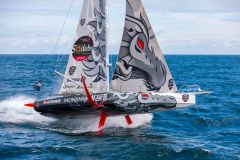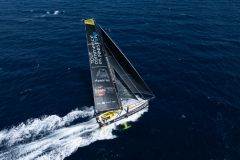The IMOCA class was created after the first Vendée Globe in 1991. The aim was to design one-man (or short-handed) yachts capable of sailing in the Southern Ocean. It's a fairly open "box rules" type of rule, leaving plenty of room for creativity on the part of the designers.
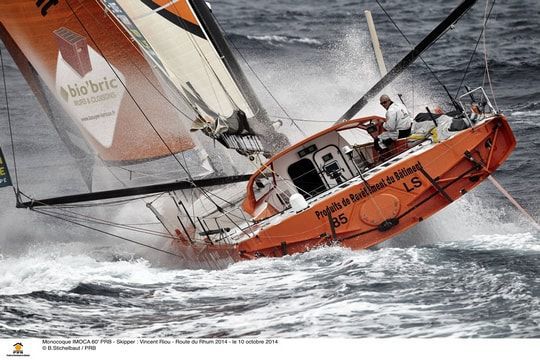
Regularly modified to improve safety conditions for sailors, it defines only a few of the boat's parameters:
- The sailboat must be a monohull
- Its hull length must be between 59 feet (17.98 m) and 60 feet (18.26 m)
- The overall length (with bowsprit and rudders) must be less than 66 feet (20.12 m). If the boom exceeds the length of the hull, it is included in the measurement.
- Maximum width must be less than 5.85 m
- To avoid scow-type hulls (as seen in the Mini Class), the maximum width, taken 1 m aft of the bow, must not exceed 1.12 m
- The maximum draught is set at 4.50 m (unladen boat)
- Only 5 appendages are allowed (generally a canting keel, 2 rudders and 2 daggerboards or foils)
- The sail area is free. The number of sails is limited to 8 (including a compulsory storm jib).
- The yacht must be built with five watertight bulkheads (i.e. 6 watertight compartments)
